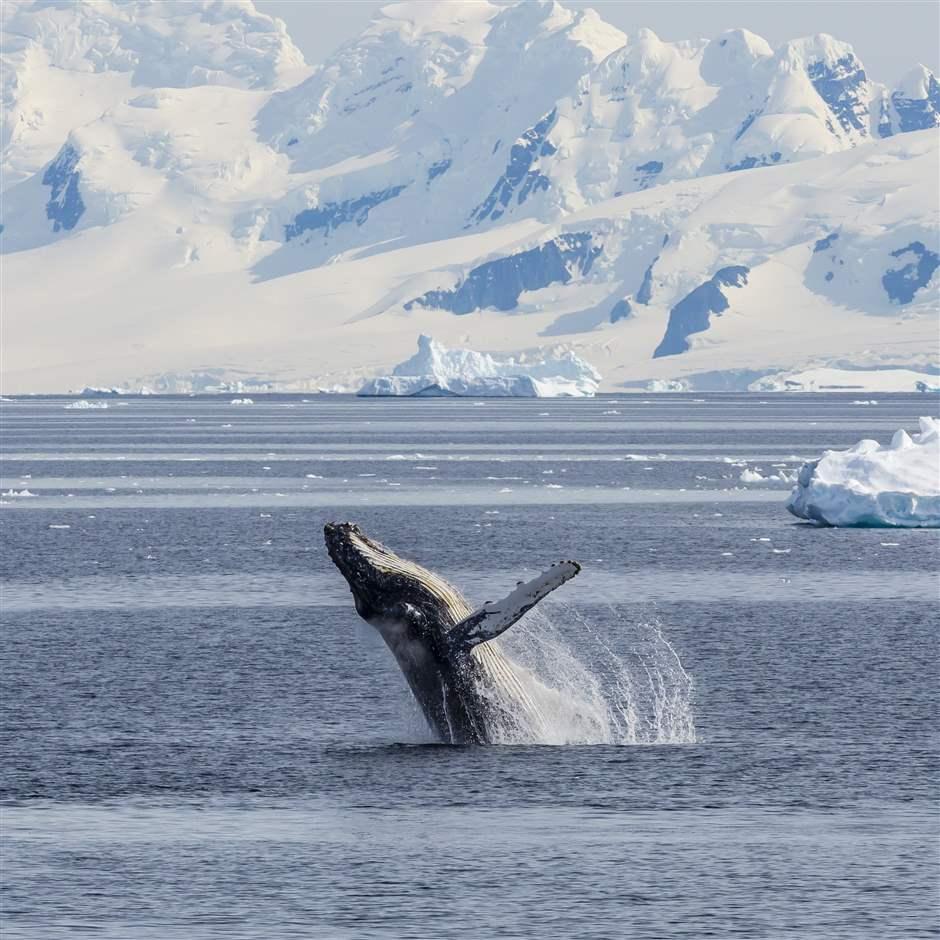The Great Southern Australian Coastal Upwelling System, a marvel of nature along Australia’s southern coast, stands as a testament to the intricate balance of marine ecosystems. As we celebrate the 20th anniversary of its discovery, it’s imperative to recognize its significance and take steps to protect this vital habitat for whales, tuna, and countless other marine species.
At the heart of this phenomenon lies the upward movement of nutrient-rich water from the depths of the ocean to the surface. This nutrient infusion sustains a diverse ecosystem, drawing iconic species such as the southern bluefin tuna and blue whale to its bountiful waters.
The environmental importance of the upwelling system has prompted action from the federal government, leading to the establishment of protected zones for offshore wind turbines. However, challenges remain in ensuring the preservation of this precious habitat amid ongoing environmental changes.
Understanding the mechanics of the upwelling is crucial to appreciating its ecological significance. The process involves the upward movement of nutrient-rich water, driven by north-easterly coastal winds during the summer months. These winds create a coastal current that draws up nutrient-enriched water to the surface, fueling the growth of phytoplankton—the foundation of the marine food web.
The annual migration patterns of species like tuna and whales align with the timing and location of upwelling events, highlighting the critical role of this phenomenon in supporting marine life. Despite the variability in the timing and intensity of upwelling events, recent research indicates that the overall intensity has remained relatively stable over the past two decades.
Central to the success of the upwelling ecosystem are keystone species such as the Australian sardine and krill, which serve as primary food sources for larger predators like tuna and whales. The intricate interplay between phytoplankton production and the influx of krill sustains the rich biodiversity of the region, creating a natural wonder that captivates scientists and nature enthusiasts alike.
As we reflect on two decades of research and discovery, it’s clear that the Great Southern Australian Coastal Upwelling System is a beacon of hope for marine conservation efforts. By recognizing its value and implementing measures to safeguard its future, we can ensure that future generations continue to marvel at the wonders of this extraordinary marine ecosystem.
